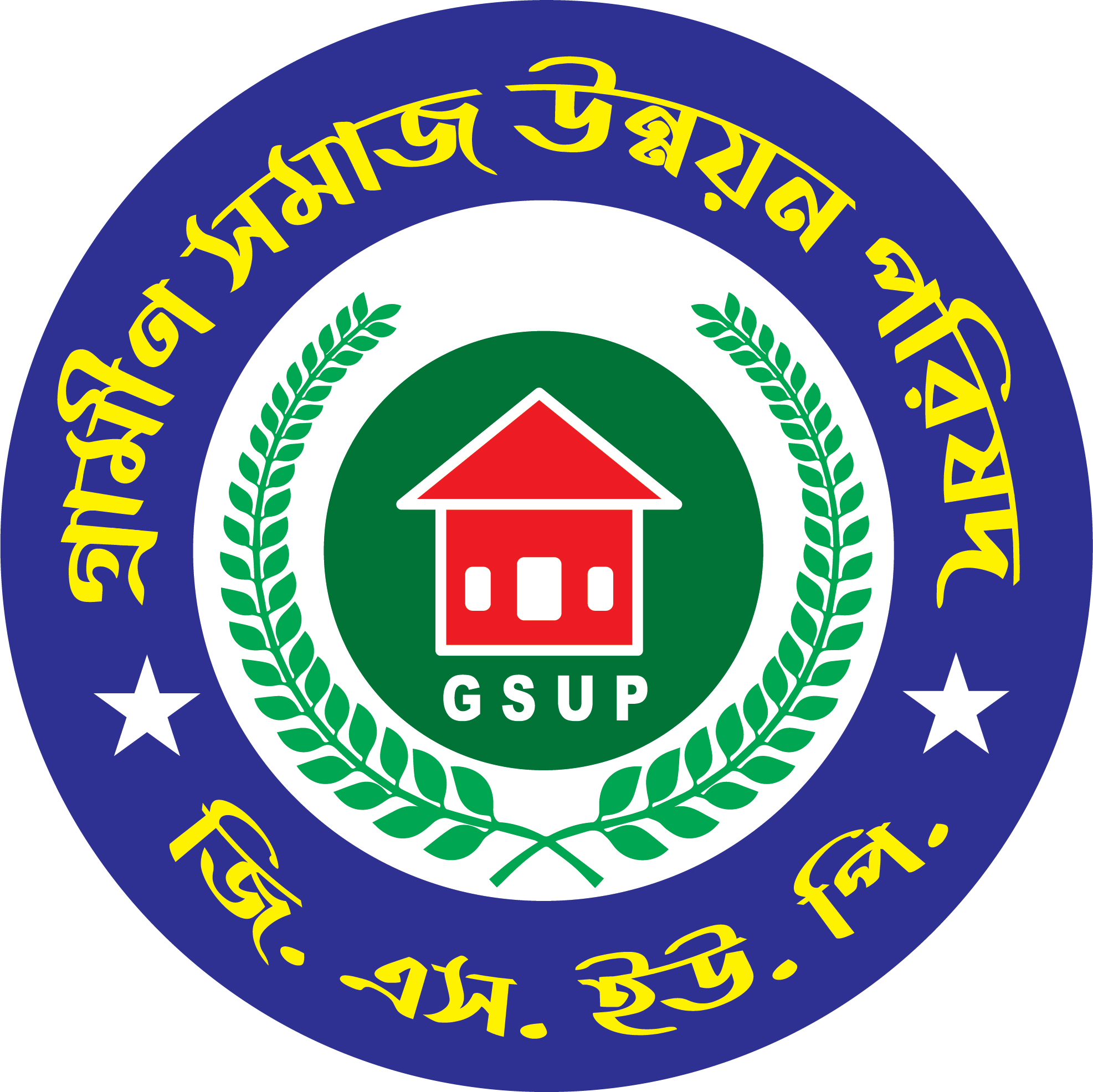Solana: I have a critical problem while “anchor build”. I can see following error
February 7, 2025Market Sentiment, Token sale, Order Book
February 7, 2025
Here is a new article with a title based on your request:
“revolutionize the web: explore the future of blockchain technologies”
Blockchain technology has existed for more than a decade, but its potential and versatility have just started to be exploited. Among the many exciting developments in this area, three key technologies have drawn significant attention in recent years: crypto (wider space), proof of work (POS), rendering (rendering) and the coat (MNT) .
crypto: the rise in decentralized finance
Basically, cryptocurrency is a digital or virtual currency that uses cryptography for secure financial transactions. It is like the original Internet, but instead of being limited to the physical domain, the crypto only exists in the digital field. This has opened up new possibilities for decentralized financing (DEFI), which allows users to lend, borrow and exchange assets without the need for intermediaries.
Some of the most promising applications in the crypto include:
* Decentralized exchanges (DEX) : platforms like Uniswap and Sushishap allow users to exchange tokens and other digital assets directly between them, by bypassing traditional exchanges.
* Non-fascinable token markets (NFT) : platforms like Opensea and rarely allow artists and collectors to buy, sell and exchange unique digital assets using crypto.
* Initial offers of parts (ICO) : Cryptocurrency companies collect funds by selling tokens to investors in exchange for equity.
Proof of work (POS): the alternative to energy saving
Pow is a consensus algorithm used by many cryptocurrency networks to validate transactions. Although it is often associated with a traditional mine at high energy intensity, the POS presents exciting advantages which make it an attractive alternative:
* Energy efficiency : POS uses fewer energy resources than traditional operating methods, making it a more environmentally friendly option.
* Evolution : POW can manage a higher volume of transactions per second compared to the POS, allowing faster and more reliable blocking times.
* Safety : POS algorithms are less vulnerable to 51%attacks, which involve a group of minors controlling network resources.
Certain notable examples of networks based on POS include Ethereum, Polkadot and Solana.
Render (rendered): the network powered by performance
Render is a new consensus algorithm designed specifically for high performance applications. Using a combination of hash functions and cryptographic techniques, the rendering allows faster block times, lower transaction costs and improved scalability.
Render’s performance advantages make it an attractive option for:
* Gaming : Applications such as blockchain games and simulations require rapid execution and low latency.
* Streaming services

: Data processing in real time is essential in the streaming industry; The rendering can easily manage high data volumes.
* Cloud Computing : Render can optimize the use of resources in cloud environments, cost reduction and overall performance improvement.
Render’s development is still underway, but he has shown impressive results so far. Certain notable examples of networks fueled by rendering include cosmos, avalanche and graphics.
Mantle (MNT): the decentralized data storage solution
Mantle is an ambitious project that aims to revolutionize data storage by providing a decentralized network and Peer-to-Peer for secure data sharing.
By taking advantage of blockchain technology and consensus algorithm owner of Mantle, this project allows:
* Decentralized data storage : Users can store and share data without counting on intermediaries or centralized servers.
* Immutable data : Transactions are saved on the blockchain, ensuring that the data is infiltrated and cannot be modified.
* Intelligent contracts : The intelligent Mantle contract platform allows the management and transfer of secure and automated data.
